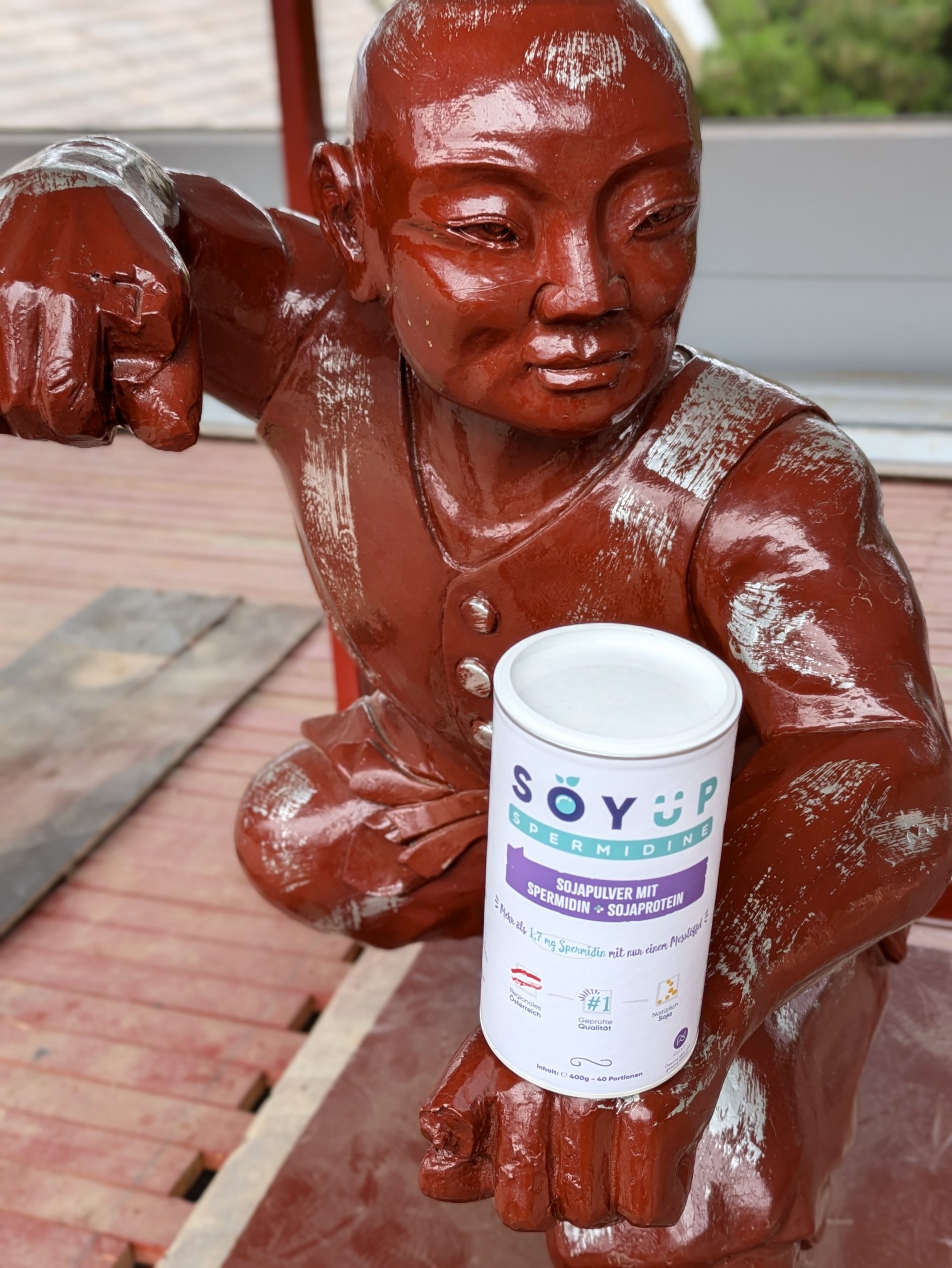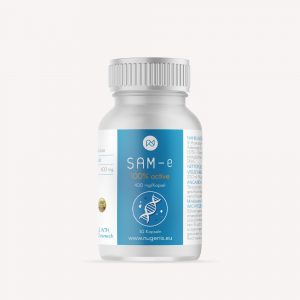
The Musculoskeletal System: Epigenetics of Strength and Fragility
Bones and Muscles as Epigenetic Witnesses
The musculoskeletal system is often seen as a structural scaffold, but it is in fact a living archive of activity, nutrition, and age. Bones and muscles register the stresses of daily life, the nutrients we consume, and the resilience or fragility shaped by epigenetic programming.
Epigenetics of Muscle Development and Plasticity
Skeletal muscle is characterized by extraordinary adaptability. Myogenesis is directed by transcription factors such as MyoD and Myf5, whose activity is epigenetically regulated by histone modifications. Satellite cells, the muscle’s resident stem cells, depend on DNA methylation and microRNAs for activation and regeneration. Physical training induces histone acetylation in genes governing oxidative metabolism, while inactivity leads to repressive marks and atrophy. Spermidin, a naturally occurring polyamine, plays a pivotal role: it enhances translation efficiency by modifying eIF5A, boosting protein synthesis by 1.5 to 2fold. This makes it a crucial factor for muscle growth, regeneration, and resistance to sarcopenia.
Epigenetics of Bone
Bone tissue is in constant renewal, balancing osteoblastdriven formation with osteoclastdriven resorption. RUNX2 and Osterix are key transcription factors in osteogenesis, under epigenetic control via DNA methylation and histone acetylation. The Wnt signaling pathway, silenced through promoter methylation, is a hallmark of osteoporosis. Nutritional and hormonal cues translate into bone epigenetics, shaping skeletal strength and fragility across the lifespan.
Aging: Sarcopenia and Bone Fragility
With age, muscles lose mass and regenerative potential—a process called sarcopenia. Epigenetic drift alters histone acetylation and microRNA expression, reducing anabolic capacity. Spermidin counteracts these processes not only by boosting protein synthesis but also by inducing autophagy, a cellular recycling process that clears damaged proteins and organelles. In bones, aging leads to hypermethylation of osteogenic genes and chronic inflammation, promoting fragility and fracture risk.
Inflammation and Rheumatic Disease
In chronic inflammatory diseases such as rheumatoid arthritis and osteoarthritis, immunemediated epigenetic changes fuel tissue destruction. DNA hypomethylation in synovial fibroblasts and aberrant histone acetylation drive joint inflammation and cartilage erosion.
Lifestyle, Nutrition, and Epigenetic Resilience
Exercise induces favorable histone modifications and DNA methylation in muscle and bone genes. Vitamin D regulates chromatin states in osteoblasts, while polyphenols and omega3 fatty acids suppress inflammatory pathways. Spermidin from diet (wheat germ, soybeans, mushrooms) contributes both to anabolic protein synthesis and to antiaging autophagy. Thus, lifestyle inputs are translated into epigenetic stability of the musculoskeletal system.
Therapeutic Perspectives
Epigenetic therapies are being explored in muscular dystrophies and osteoporosis. HDAC inhibitors promote muscle regeneration, while DNMT inhibitors may reverse osteogenic repression. Spermidin supplementation, caloric restriction, and targeted exercise represent nonpharmacological interventions that operate as everyday epigenetic editors of strength and fragility.
Closing: A Living Archive of Strength and Fragility
Bones and muscles are not inert scaffolds but living epigenetic witnesses. They inscribe experiences of movement, nutrition, and aging into molecular marks that dictate resilience or vulnerability. To protect the musculoskeletal system is to preserve the biography of strength—an archive that can be renewed by lifestyle, nutrition, and epigenetic insight.
Eduard Rappold
Note: This information is provided for educational purposes only and does not replace professional medical advice. Always consult qualified healthcare professionals for medical concerns.
Copyright © Eduard Rappold 2025
http://nugenis.eu/shop
NUGENIS specializes in epigenetically active nutritional supplements.

